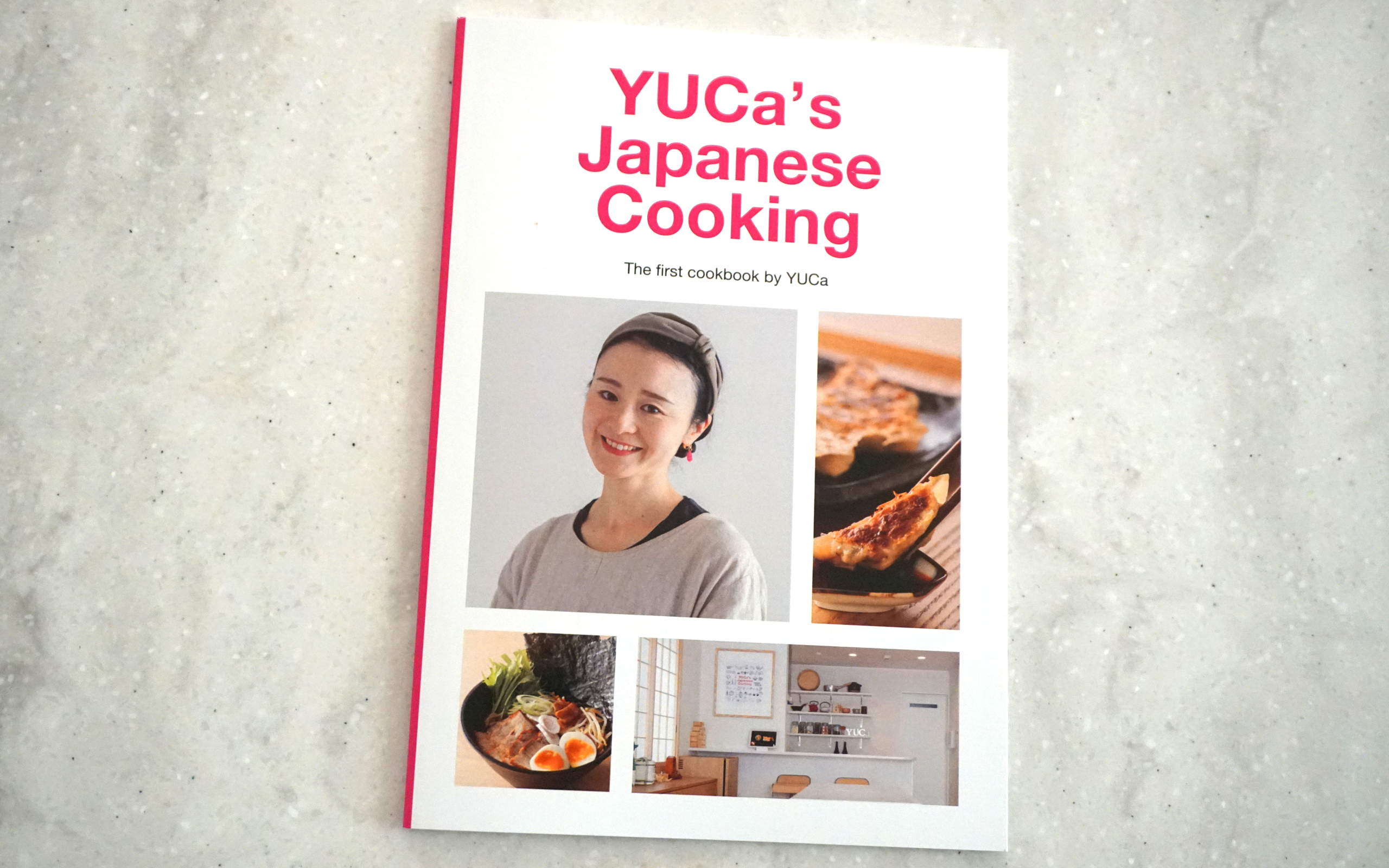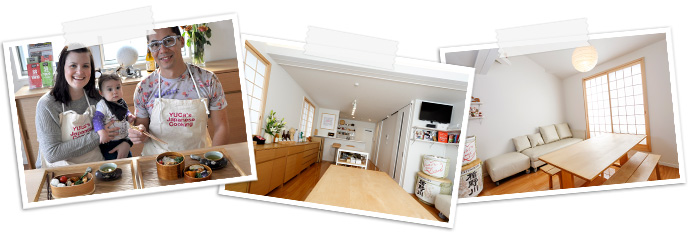
Welcome to “YUCa’s Japanese Cooking”,
a cooking class in Tokyo.
Chef and recipe creator YUCa will guide you through the art of
Simple, easy and delicious Japanese food to you!
The best cooking class in Japan 2018 - 2023 by TripAdvisor! See more detail.
-

Live streaming cooking! We offer 8 classes. Menus of some classes change monthly.
Looking forward to meeting you and cooking together!
See virtual class
-
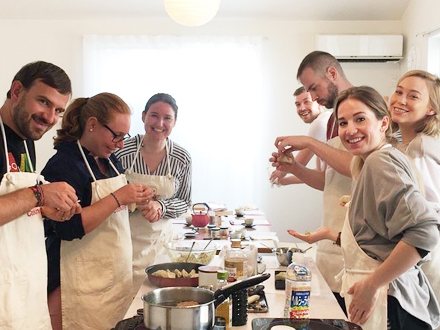
We offer 7 classes at YUCa's private kitchen studio. Each class takes 3 hours and hands-on class. Please push button to know more detail.
See in-person class
-
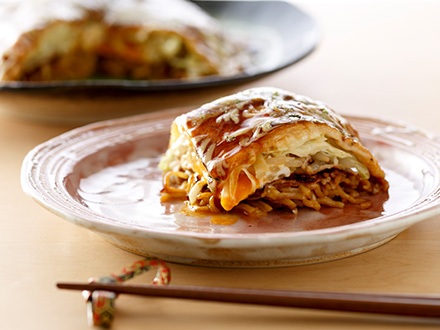
We introduce Japanese home cooking recipes (both video and text) for free. Please watch and try them out! Smart phone app is available too.
See recipes
YUCa’s Tea (Leaf ver.)
We are very happy that YUCa’s Tea, newly launched this year, has been well received by participants of the cooking class and other green tea lovers in Japan and abroad.
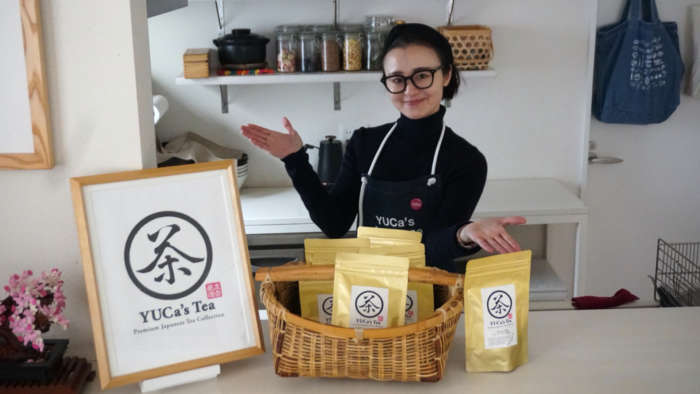
Chiran-cha, which is characterized by its deep roasted flavor, is a tea that I drink regularly, and I am very happy to be able to introduce it to everyone in the form of a commercial product.
The first product was a tea bag type so that people can enjoy green tea easily.
Now, we have decided to commercialize the leaf type as our second product.
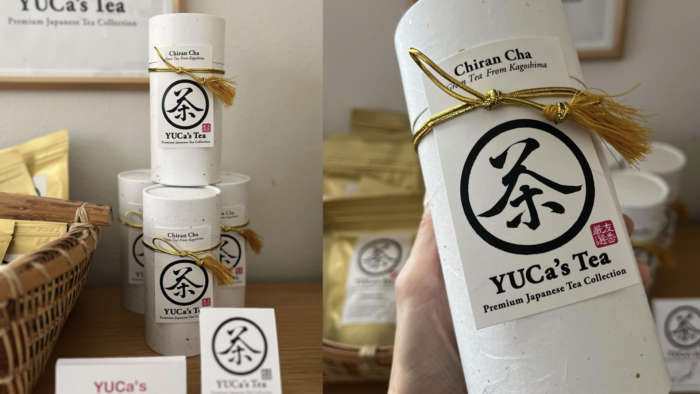
The tea comes in generous quantities, so if you have a teapot, we hope you will enjoy drinking this type of tea!
The characteristics of the tea leaves and the recommended way to drink them are explained in the attached leaflet.
For more information about the YUCa’s Tea, please click here!
https://yjc.tokyo/yucastea
If you are interested in purchasing this product, please reply to this newsletter or contact us from here!
https://yjc.tokyo/contact-us/
Taiyaki (Fish shape waffle)
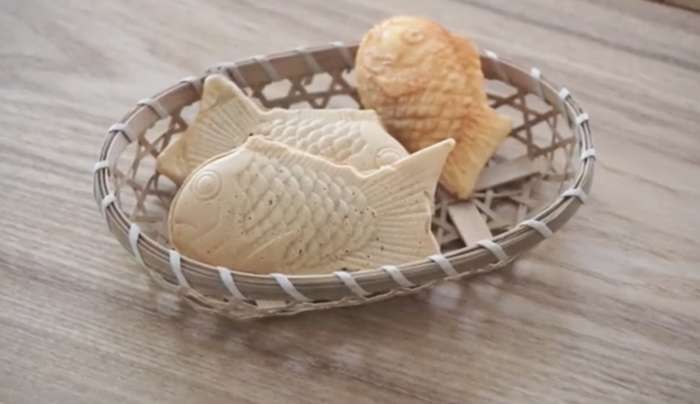
Do you know this fish shape waffle? This is called Taiyaki (鯛焼き). “Tai (鯛)” means a carp and “Yaki (焼き)” means stir-fry or bake in Japanese. To make this shape, you need to buy special waffle machine. You can buy online or electric stores here in Japan to make at home or you can find Taiyaki shops at many places here in Japan. Usually, Taiyaki has red bean paste inside but some shops sell custard cream, matcha cream, sweet potato paste, Chocolate cream, Sesame cream etc. In this recipe, I introduce the traditional Taiyaki which has red bean paste inside. Enjoy!
Read More
Recipe : Egg Sandwich (Deluxe version)
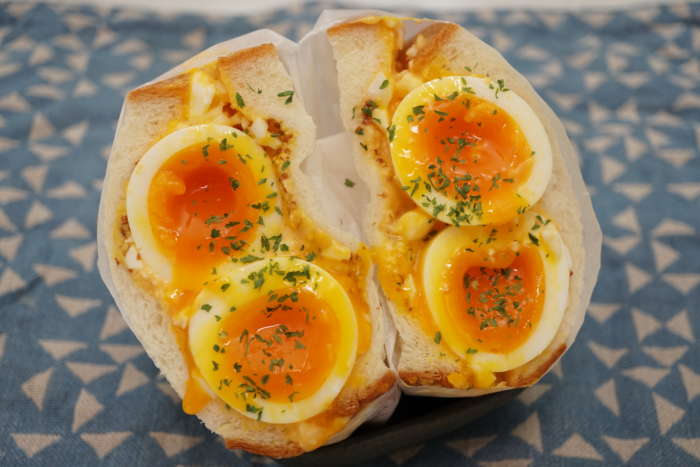
One of the most popular sandwiches in Japan is the egg sandwich. Convenience stores, supermarkets, and specialty stores sell a variety of egg sandwiches, and I have already introduced two recipes on my blog. This time, I will introduce the deluxe version Egg Sandwich; Egg Mayo Salad + Soft-boiled Egg combo style. If you are egg lovers, this is the perfect recipe for you! Read More
All about Mochi
Mochi (もち、餅) is a polite term for mochi, a food made from glutinous rice. Usually, it is made by steaming glutinous rice and pounding it with a pestle, but it is also widely called mochi when made from grains, rice flour, kuzu flour, and other ingredients. It is a round or flattened food.
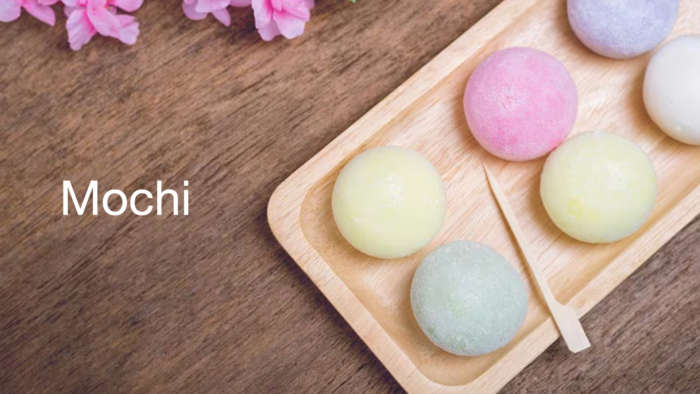
Mochi in foreign countries seems to be widely recognized as a sweet with ice cream.
Mochi are rich in carbohydrates (carbohydrates), which are the main source of energy during exercise; they contain more carbohydrates in 100g than rice.
Many people can eat two or three rice cakes even if they cannot eat a bowl of rice or a bowl of rice. Another excellent point of mochi is that it can be eaten in a variety of ways, such as in soups, wrapped in nori (seaweed), or with daikon radish or natto (fermented soybeans) to take in other nutrients at the same time.
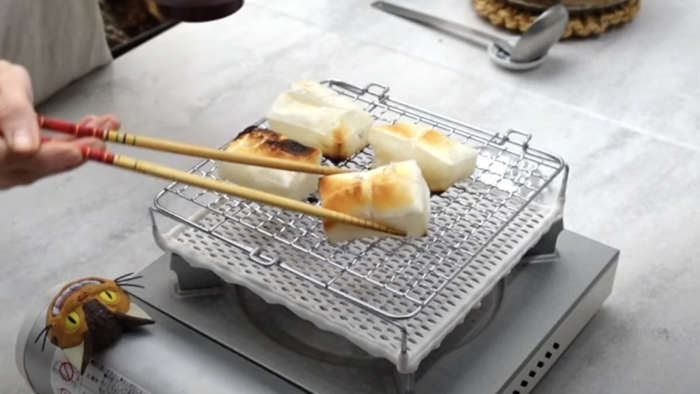
It is believed that the rice cake culture was introduced along with the rice culture. In Japan, in particular, people had a particular preference for the stickiness of mochi, which is said to have led to the creation of a unique mochi culture. It is mentioned in documents from the Nara period (710-794), and at that time it was used as a confectionery for the nobility.
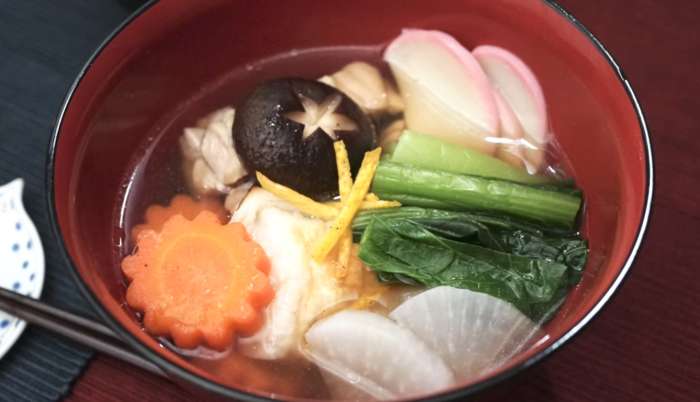
By the Heian period (794-1185), event foods were established and Kagamimochi (mirror-shaped mochi) in January, Hishimochi (rhombus-shaped mochi) in March, and Kashiwa Mochi (mochi wrapped with oak leaf) in May were introduced. Botamochi (adzuki bean mochi) and grilled mochi and mochi sweets became common during the Kamakura period (1185-1333), and became increasingly popular during the Edo period (1603-1868), when mochi sweets were used for annual events.
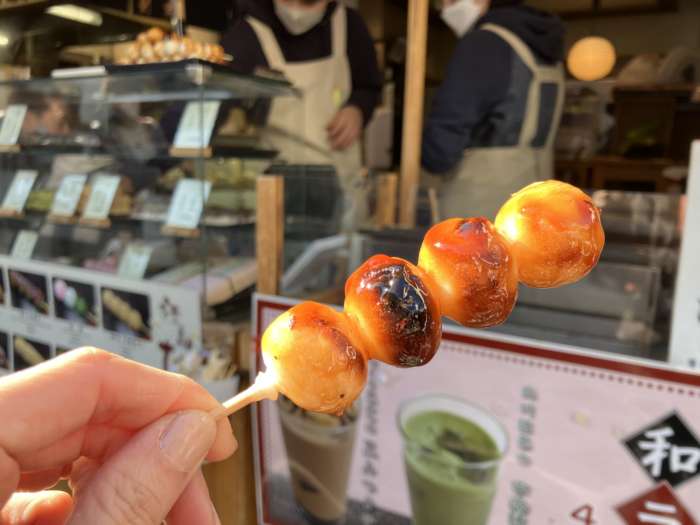
According to statistics from the Ministry of Internal Affairs and Communications, a family in Japan eats about 43 commercially made mochi (about 54 g each) per year.
Relater recipe :
! Caution !
The lower the temperature of mochi, the harder and stickier it becomes. Therefore, cut them into small, easy-to-eat pieces and drink tea or soup to moisten your throat before eating. Also, do not eat too much at once, but chew it well before swallowing.
Recipe : Mochi Ice Cream
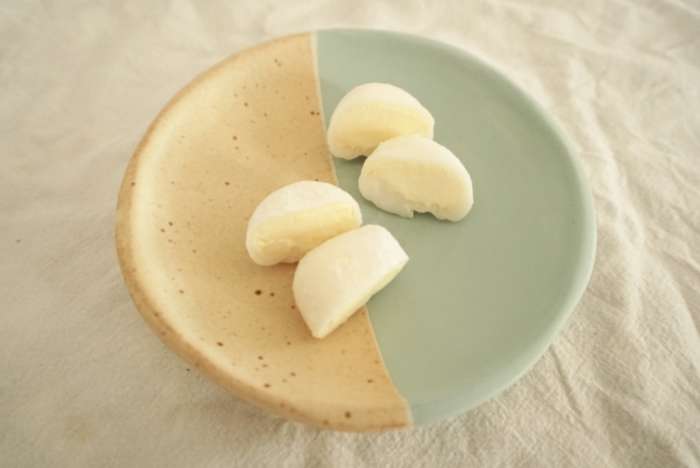
Overseas, Mochi is recognized as a sweet wrapped in ice cream. In Japan, a particular product from a certain confectionery maker, often found in convenience stores and supermarkets, is well known. This recipe uses vanilla ice cream, but you can customize it with your favorite ice cream.
Read More
Recipe : Ozoni (Japanese New Year’s Soup with Mochi)

Ozoni (お雑煮) is a Japanese New Year’s Soup with Mochi. In Japan, people enjoy this seasonal soup on New Year’s time. There are 2 types; Kanto-style (Tokyo area) and Kansai-style (Kyoto area). Tokyo style has soy sauce based soup with chicken and mochi, mainly. Kyoto style has white miso based soup with yam and mochi. This time, we will make Tokyo style.
Read More
Recipe : Oshiruko (Red bean soup with mochi)
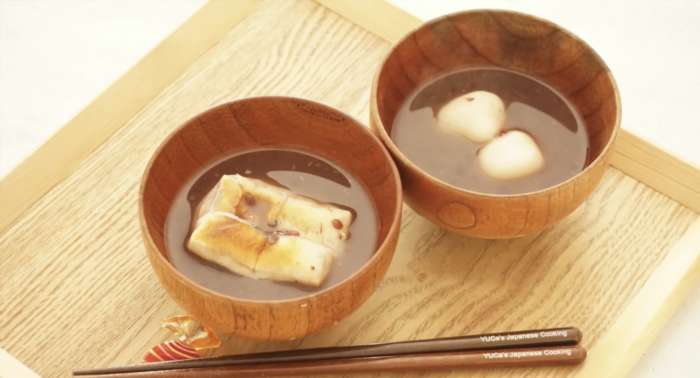
Oshiruko (おしるこ、お汁粉) is a sweet red bean soup with mochi or shiratama dumplings in it. This is one of the traditional soup sweets in Japan. A dish similar to oshiruko is called zenzai (ぜんざい). In the Kanto region, zenzai is rice cake poured with red bean paste. You can taste this hidden sweets at traditional Japanese sweets shop called Kanmi-dokoro (甘味処). If you order oshiruko at a shop, you may find it comes with oshinko (お新香). The salty oshinko enhances the sweetness of oshiruko.
In this recipe, you will see two types of Oshiruko; one with the block type pre-made mochi and the one with shiratama dumplings made of glutinous rice flour.
Read More
YUCa’s Tea
We are pleased to announce the launch of our tea brand, YUCa’s Tea!
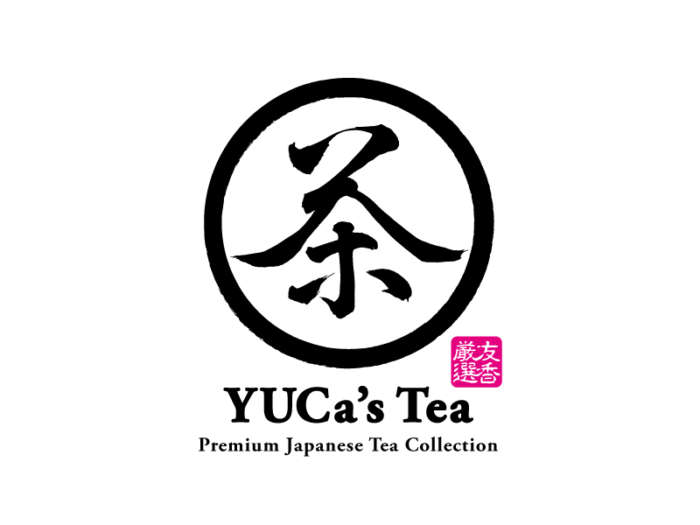
Japanese green tea is loved by people as an indispensable drink for daily health maintenance.
It is rich in vitamins, minerals, dietary fiber, catechins, and other nutrients, and has the following benefits.
● Prevents carcinogenesis
● Reduce cholesterol in the blood
● Prevents aging
● Preventing the increase of blood pressure and blood sugar
● Anti-viral
● Prevents tooth decay
● Prevents bad breath
● Prevents the development of blemishes
● Keeps skin healthy, etc.
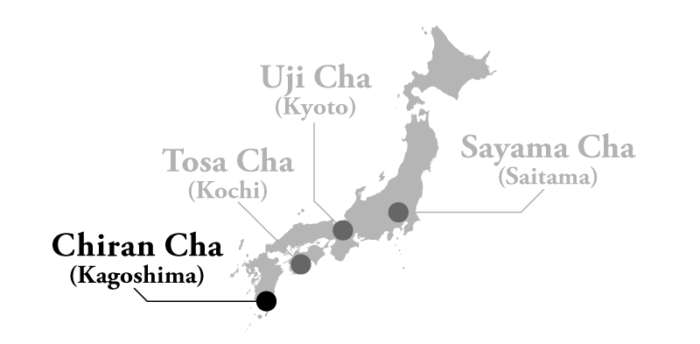
In Japan, green tea is grown over a wide area, from Akita in the north to Okinawa in the south.
Major production areas include Shizuoka, Kagoshima, Mie, Kyoto, and Saitama prefectures.
This time, as the first phase of YUCa’s Tea, we chose Chiran-cha (知覧茶) from Kagoshima prefecture.
Chiran-cha is a brand of green tea produced in Minami-Kyushu City, Kagoshima Prefecture, which boasts the largest production volume in Japan.
Minami-Kyushu City has the perfect conditions for producing delicious tea, with well-drained, fertile soil created by the volcanic ash of Sakurajima(桜島), a mild climate throughout the year, and abundant sunshine.
Chiran-cha is also famous as a deep steamed tea, and is characterized by its mild flavor after drinking.
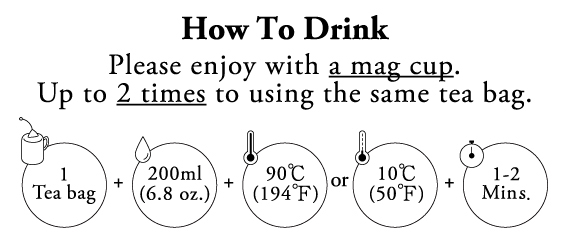

To make it easy to enjoy Chiran-cha, the teabag style is designed to be easy to drink in a mug.
Also, on the back of the product, we have included instructions on how to enjoy the tea both hot and iced.
For the time being, the product will only be available in my cooking studio.
*If you are interested in purchasing this product, please contact us from here!
https://yjc.tokyo/contact-us/
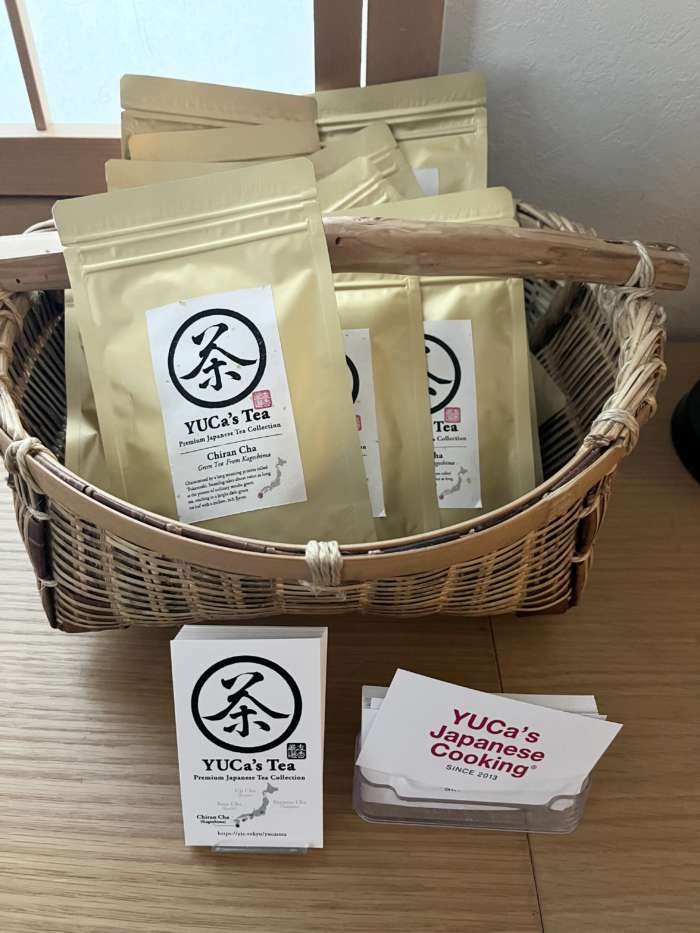

Read More
Kumade (熊手) & Tori-no-ichi (酉の市)
We bought a “Kumade(熊手)” at the Torinoichi (酉の市) market held in Asakusa! Torinoichi(酉の市) is an event held at temples and shrines associated with eagles and birds, such as Tori-no-temples, which are numerous in the Kanto region.
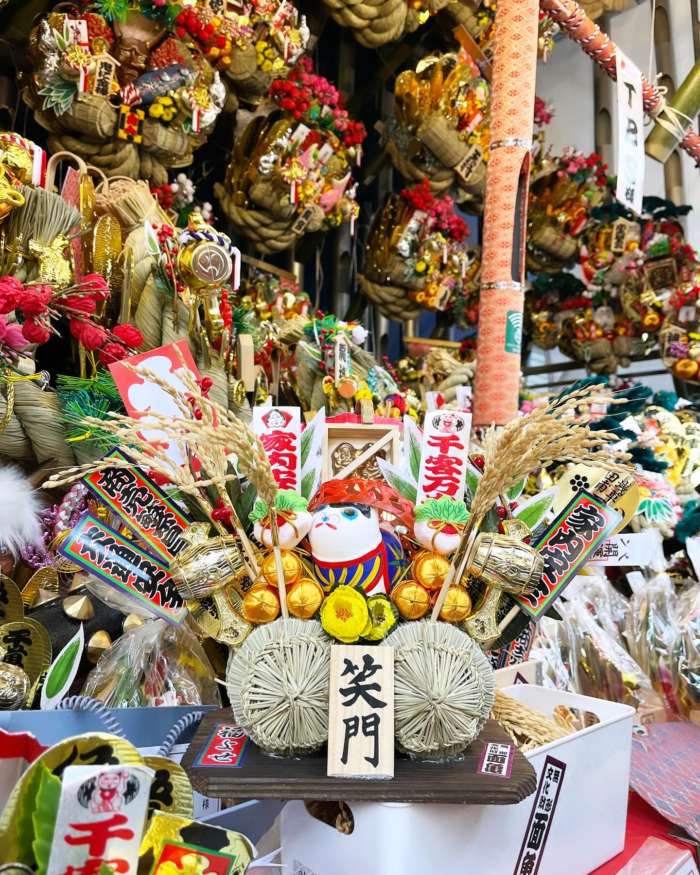
Held every year on the “day of the Tori”(酉の日) in November, visitors purchase lucky charms such as “Kumade”to report their good fortune for the year and wish for good fortune in the following.
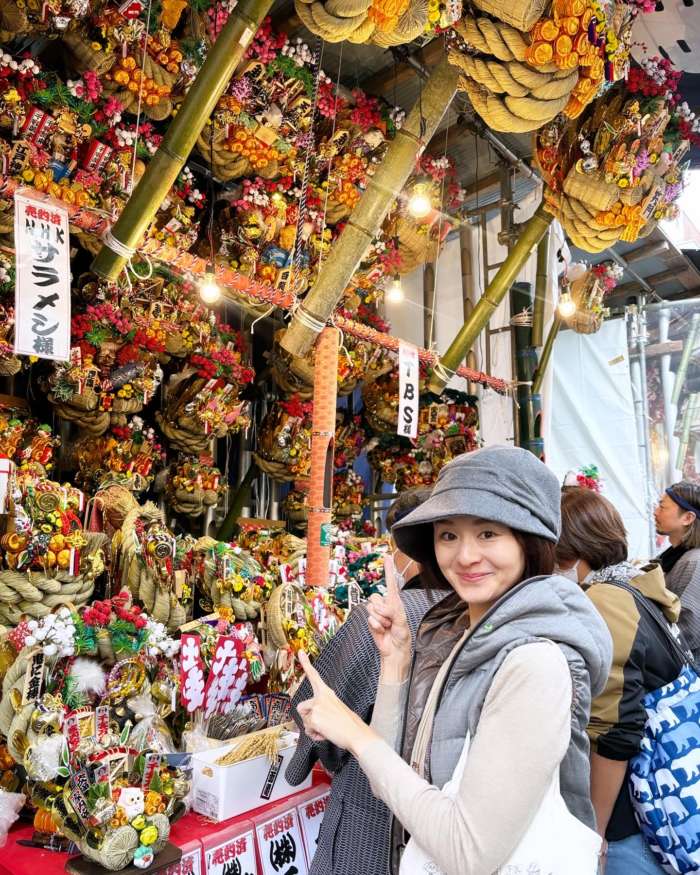
The Kumade, used as a tool for raking up fallen leaves and other debris, is said to be “a tool for raking up luck” or “a tool for raking up gold and silver” because of its shape and function, and has come to be treated as a lucky charm that brings luck, fortune, and prosperity to business.
Read More
“School Revolution” by NTV (Japan)
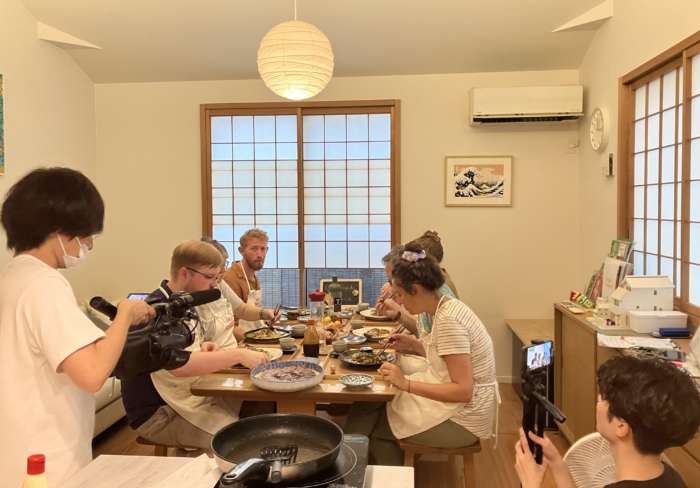
YJC was featured on Japanese TV program. 📺✨
It was a quiz show where the casts would guess what we were making in the class!
To watch this show, click here for special limited edition broadcasts.
Read More































